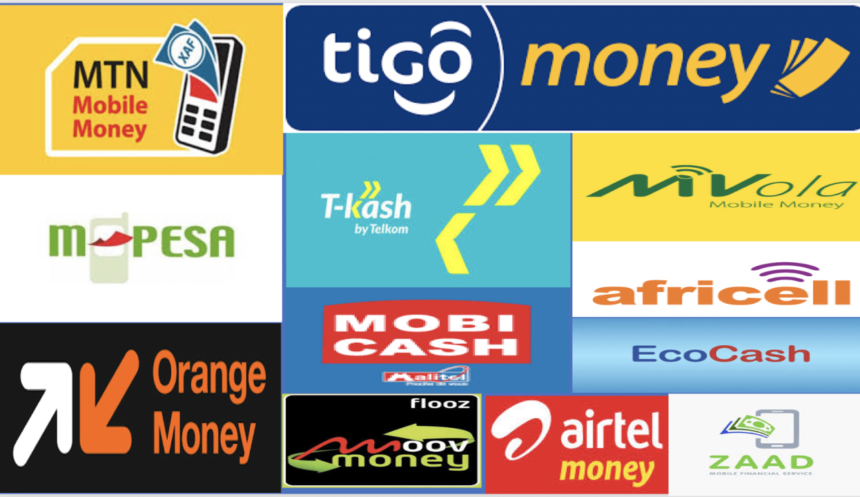by Seth Onyango
More users in West Africa are adopting mobile money than in any other global region, making it the continent’s digital finance epicenter, according to GSMA.
Nigeria, Ghana, and Senegal saw the fastest growth in mobile wallets, with over a third of the world’s new registrations originating from West Africa.
From 2018 to 2022, the West African Economic and Monetary Union (Waemu) saw the addition of more than 110 million mobile money accounts, lifting the financial inclusion rate from 56% to a remarkable 71%.
Growth was also witnessed in Benin, Burkina Faso, Côte d’Ivoire, Guinea-Bissau, Mali, Niger, Senegal, and Togo.
As of 2019, Eastern and Western Africa held the largest share of registered mobile money wallets in the region, with 53 percent and 35 percent, respectively.
But new growth trajectory puts West Africa as the hotspot of mobile money, which was inevitable, owing to its vast consumer base.
As of March 23, 2024, United Nations estimates place the region’s population at 447 million, with a significant portion residing in Nigeria.
The surge in new mobile wallets follows Banque Centrale des Etats de l’Afrique de l’Ouest’s (BCEAO) decision to allow non-traditional financial institutions to offer mobile money services.
“West Africa’s vibrant mobile money ecosystem has developed differently from East Africa’s, with regulation playing an important role in how services have evolved and in the products mobile money providers offer,” states GMSA’s State of the Industry Report on Mobile Money 2024.
“For instance, West Africa had the highest regional share of inbound remittance payments.”
Outward remittance payments are, however, still not permitted for many countries in the region.
Banque Centrale is in charge of the monetary and financial management of the West African Monetary Union (UMOA), including supervising payment systems.
Meanwhile, Kenya, the pioneer of mobile money innovation, recorded its sluggish growth in transactions since 2007 last year, following a hike in excise duty on transaction fees by the government.
Data from the Central Bank of Kenya shows transaction values marginally increased to 7.95 trillion shillings ($49 billion) in 2023, from 7.91 trillion shillings a year earlier.
In the same period, the count of mobile wallets swelled by 6% to 77.3 million by the close of 2023, indicating Kenya’s mobile market has peaked.
Growth in other East African states has been very impressive, although that could change as Safaricom rolls out services in Ethiopia, Africa’s second-largest market.
In West Africa, however, BCEAO’s framework has enabled non-bank players to become licensed mobile money issuers, offering services through either a bank-led model or a non-bank-led model.
As a result, by 2022, there were 45 mobile money services in the Waemu region, with bank-led partnerships accounting for 29 services, while 15 were approved non-bank-led electronic money institutions (EMIs), capturing a 71% market share of registered accounts.
Nigeria, in particular, has experienced a significant uptick in mobile money services following regulatory changes.
The Central Bank of Nigeria’s introduction of the Payments Service Bank (PSB) license in 2018 allowed mobile network operators (MNOs) and other non-bank entities to offer a wider range of financial services, particularly targeting rural areas.
This initiative led to the issuance of PSB licenses to entities like SmartCash PSB (Airtel) and MoMo PSB (MTN), which, by 2023, reported around 20 million registered customers each.
MoMo PSB recorded at least 3.1 million monthly active users by June 2023, a significant increase from the year before.
bird story agency





